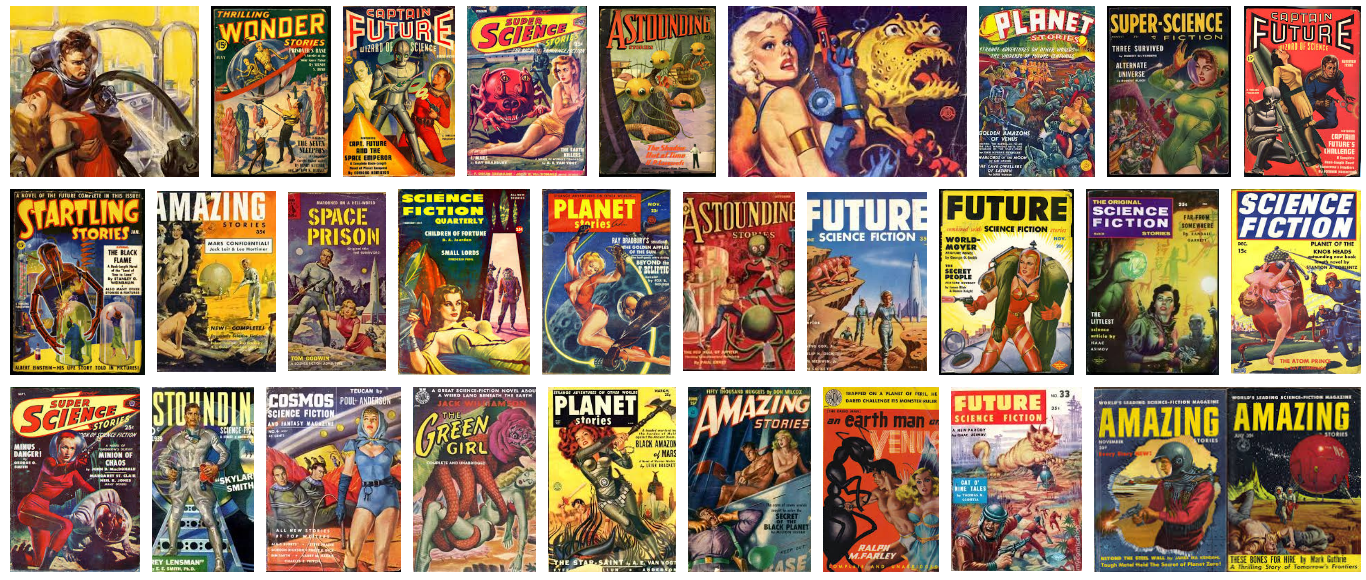
Vintage Geek offers a list of miscconceptions people have about pulp-era science fiction, whose legacy has warped in the public imagination moreso even than Captain James T. Kirk's.
“Pulp-Era Science Fiction was about optimistic futures.”
“Pulp scifi often featured muscular, large-chinned, womanizing main characters.”
“Pulp Era Scifi were mainly action/adventure stories with good vs. evil.”
“Racism was endemic to the pulps.”
“Pulp scifi writers in the early days were indifferent to scientific reality and played fast and loose with science.”
All these things are true, of course, but what better time to search for counterexamples than now?
To be fair, science fiction was not a monolith on this. One of the earliest division in science fiction was between the Astounding Science Fiction writers based in New York, who often had engineering and scientific backgrounds and had left-wing (in some cases, literally Communist) politics, and the Amazing Stories writers based in the Midwest, who were usually self taught, and had right-wing, heartland politics. Because the Midwestern writers in Amazing Stories were often self-taught, they had a huge authority problem with science and played as fast and loose as you could get. While this is true, it’s worth noting science fiction fandom absolutely turned on Amazing Stories for this, especially when the writers started dabbling with spiritualism and other weirdness like the Shaver Mystery. And to this day, it’s impossible to find many Amazing Stories tales published elsewhere.